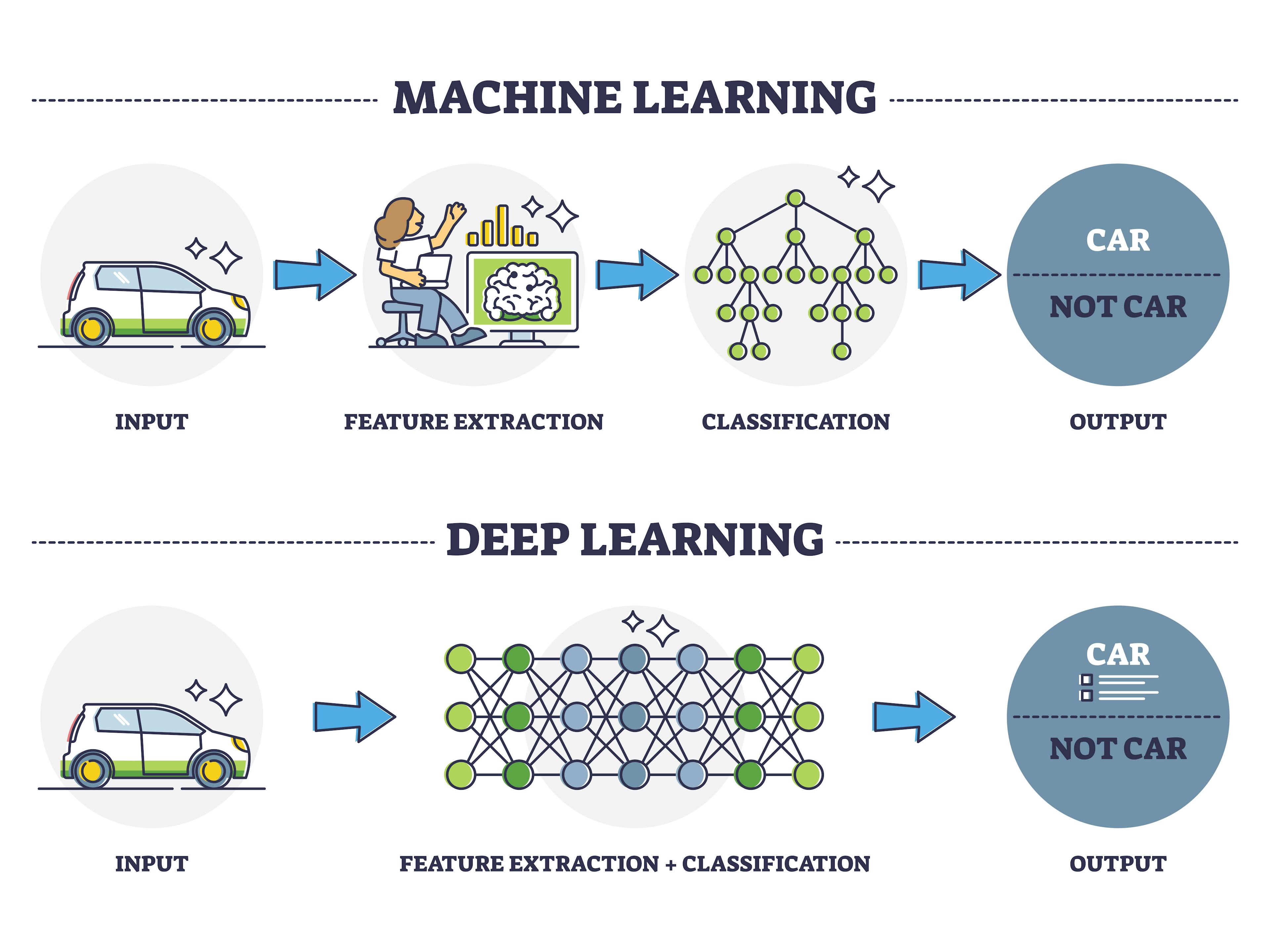Tech Insights: Apple vs. Competition
Explore the latest developments and comparisons between Apple and its rivals.
Machine Learning for Everyone: A Journey into the Unknown
Unlock the secrets of machine learning! Join our journey into the unknown and discover how it can transform your life today!
Demystifying Machine Learning: What It Is and How It Works
Machine Learning (ML) is a subset of artificial intelligence that enables systems to learn and make decisions based on data without explicit programming. At its core, machine learning uses algorithms to identify patterns and apply insights from data to predict outcomes or automate tasks. This process involves a considerable amount of data preparation, feature selection, and algorithm training, which allows machines to improve their performance over time. For more in-depth reading, check out this IBM guide on machine learning.
Understanding how machine learning works can be simplified into three main types: supervised learning, unsupervised learning, and reinforcement learning. In supervised learning, algorithms are trained on labeled data, where the model learns to map inputs to known outputs. In contrast, unsupervised learning involves data without labels, allowing the model to discover hidden patterns. Lastly, reinforcement learning applies a system of rewards and penalties to teach the model optimal actions in an environment. For a more detailed exploration, refer to this Data Science Central tutorial.

Top 5 Misconceptions About Machine Learning You Need to Know
Machine learning (ML) is often surrounded by myths and misconceptions that can hinder its understanding and adoption. One prevalent misconception is that machine learning and artificial intelligence (AI) are the same. While they are related, ML is actually a subset of AI, focusing on algorithms that allow computers to learn from and make predictions based on data. For a deeper dive into this topic, you can check out IBM's guide on machine learning.
Another common misconception is that machine learning systems are infallible and require no human supervision once deployed. In reality, these systems require ongoing monitoring, maintenance, and updates to ensure they remain effective. Data quality and relevance are critical for the success of machine learning models, as pointed out in a comprehensive resource from Towards Data Science. Misunderstanding this can lead to the false assumption that the technology is a 'set it and forget it' solution.
How Machine Learning is Transforming Everyday Life: Real-World Applications
Machine learning has become an integral part of our everyday lives, transforming how we operate in numerous domains. From business analytics to personalized shopping experiences, the impact is profound. For instance, platforms like Netflix utilize machine learning algorithms to analyze viewing habits, allowing them to recommend content tailored to individual preferences. Similarly, e-commerce sites leverage this technology to provide personalized product suggestions, significantly enhancing user engagement and driving sales.
Beyond retail, machine learning plays a crucial role in health care, where it assists in predictive analytics to improve patient outcomes. Advanced algorithms can analyze large volumes of clinical data, enabling early detection of diseases and personalized treatment plans. An example of this can be found in heart disease prediction. Moreover, in our daily routines, virtual assistants like Google Assistant and Siri utilize machine learning to understand and respond to user inquiries efficiently, making technology more accessible and intuitive than ever before.